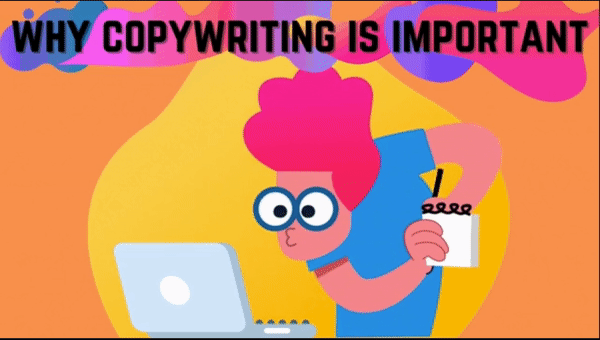Right now I’m watching TLC’s “What not to Wear” and the theme seems to be consistent…women who transition from twenties to thirties are unsure how to dress. I have to confess that I am/was among the confused. And it’s hard because I feel compelled to buy something with funky designs at Hot Topic but remember I must dress age appropriate. But what’s wrong with wanting to dress funky? I guess you have to make it age appropriate. Ugghhh…growing pains.
One reason women aren’t able to dress “appropriately” is because our bodies change. When we’re in college, the first year we gain 10-15 lbs. But the next few years we get into the rythm of college and are able to integrate working out into our lives. However, when we graduate from college, we start a job and get so bogged down that we forget to work out. Our bodies change, grow muffin tops and as we get older, it’s not only harder to motivate ourselves to work out, but also to make time for it.
My solution, use all the tools out there to incorporate working out, it’s worth it. It not only releases stress but also helps you feel better about yourself and also helps put things in perspective sometimes. If you ever feel doubtful about a decision or can’t think because you’ve loaded your brain with information, take a walk.
Finally, follow some of the guidelines on “What not to wear” :
- Try things on before you write them off.
- Wear flattering jeans, not too tight, not too baggy.
- Get a few basics: white shirt, straight-leg trousers, pencil skirt, blazer, black pumps.
- If the blazer at a department store costs too much, buy one at your local goodwill, salvation army, or other thrift store.
- Mix neutrals with patterns, or have one neutral and one solid color shirt, since neutrals will go with mostly any shirt.
- Make it yours with accessories that enhance your look.
***Mega-money saving and earth friendly tip: Buy a blazer from a thrift store, then tailor it to fit you. If you buy one from the store, you might have to tailor it to fit you anyway. So if you buy it used, dry clean it, get it tailored, you just saved yourself some money.
Instead of supporting the mass production and shipment of clothing into the U.S., reuse and reduce.




